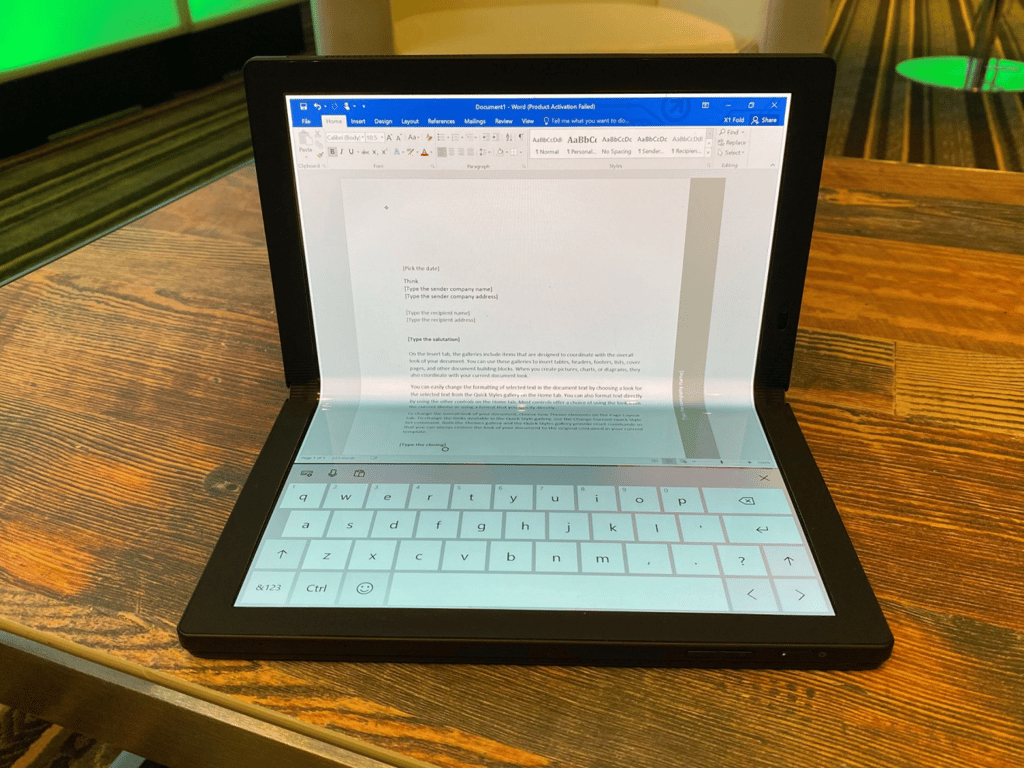Advertisement
CES reminds us that foldable screens aren’t going away
From Lenovo’s ThinkPad X1 Fold to a TCL foldable phone prototype, it looks like flexible screens might take off in 2020
Reading Time:3 minutes
Why you can trust SCMP

This article originally appeared on ABACUS
In 2019 we saw the first wave of consumer devices with flexible displays, including Samsung’s Galaxy Fold and Huawei’s Mate X. But if you, like many skeptics, are still unconvinced that flexible screens are what the future needs, maybe gadget makers at this year’s Consumer Electronics Show can sway you.
Lenovo says the bendable PC it showed off last year will finally hit shelves in mid-2020, starting at US$2,499. The ThinkPad X1 Fold unfurls into a 13.3-inch tablet or folds halfway into a mini laptop. To type, you can either bring up the virtual keyboard or snap on a physical Bluetooth keyboard.

Advertisement
Meanwhile, Chinese TV manufacturing behemoth TCL debuted a smartphone line under its own brand name that includes a foldable prototype. Just like the Samsung Galaxy Fold, the flexible display bends inward, but there’s no screen on the outside.
Beyond the show floor in Las Vegas, Samsung is teasing new “innovative devices” for its event next month in San Francisco. It’s widely expected to include a new foldable phone that bends like Motorola’s clamshell Razr.
Advertisement

Advertisement
Select Voice
Choose your listening speed
Get through articles 2x faster
1.25x
250 WPM
Slow
Average
Fast
1.25x